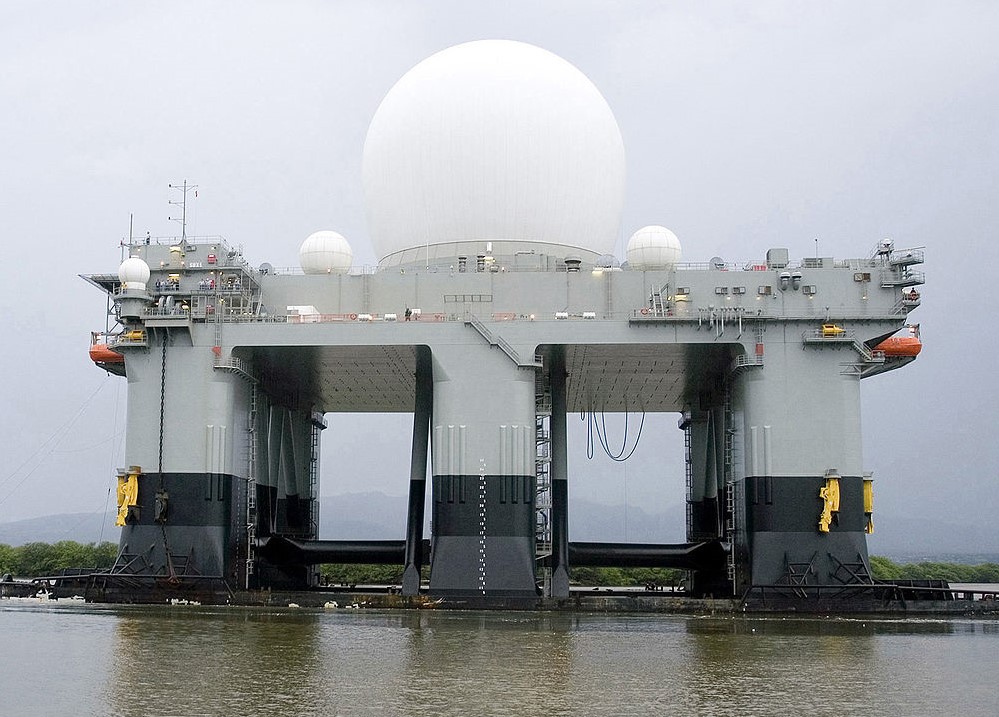1. The Aeria Mystery
Seen last at the Finnish port Turku (and possibly scrapped since then), this mysterious hull has sparked furious disputes in several ship-spotting circles. The boldest dreamers speculate she was an unfinished Soviet ekranoplan, but the more down-to-earth say she was only a fancy offshore casino. The version I like the most – this striking, extraterrestrial hull was an East-German spy ship, invisible to NATO aerial surveillance in the Cold War. Imagination is a valid source, right?
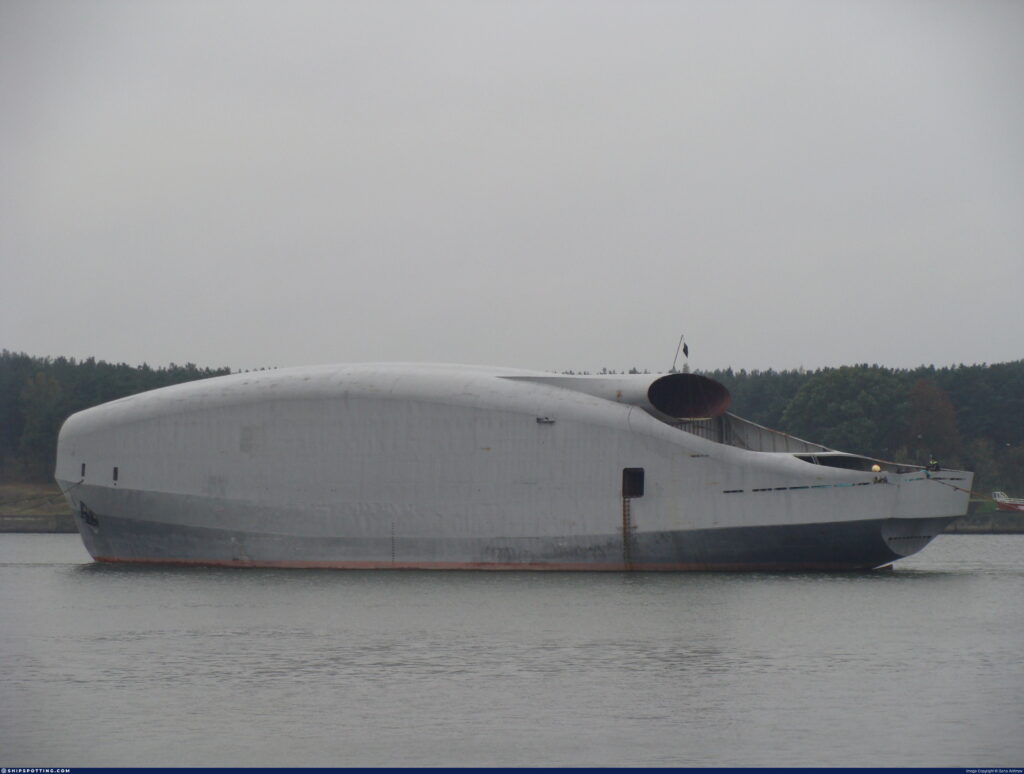
2. The FLIP
The Floating Instrument Platform (or FLIP) is an offshore research platform, based on the spar-buoy principle. It is 355 ft long…or tall? Well, both. Towed out to sea in horizontal position, it flips vertically upon arrival on site. As most of the length and weight remain under water, below the influence of waves, the FLIP shows remarkable stability even in rough weather.
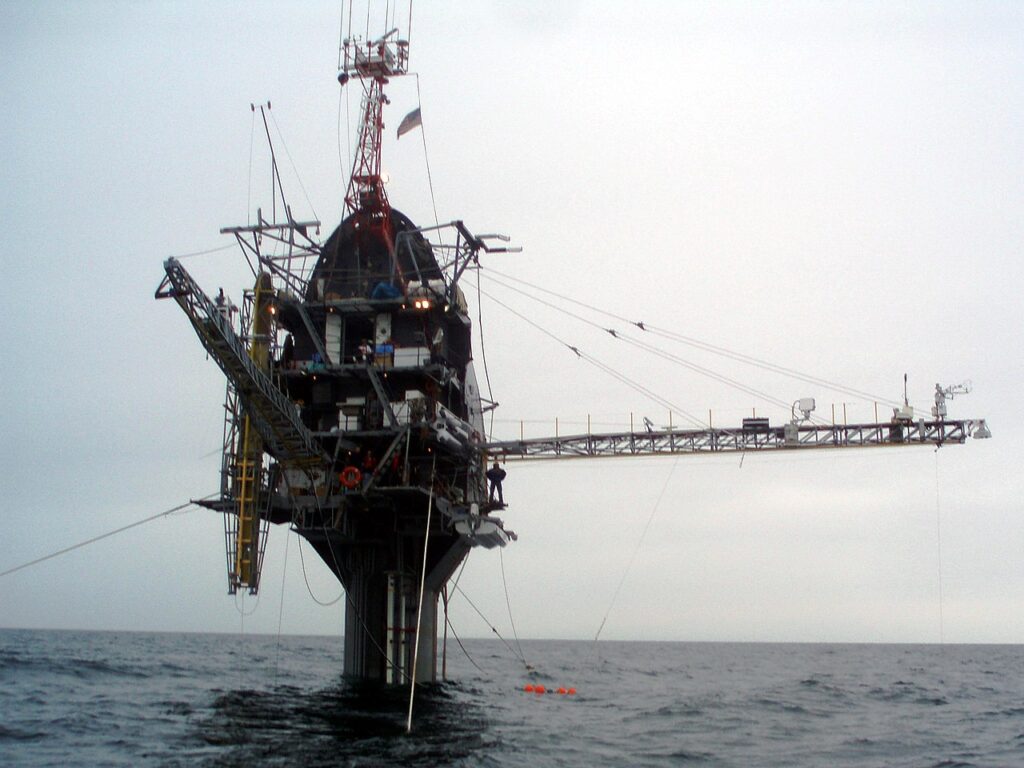
3. Prelude FLNG
Get ready for some numbers here, as this one broke every record in the game. At the time of construction, the Prelude was not just the largest floating liquefied natural gas platform, but the largest offshore facility ever built. The size of the double-hulled structure is almost frightening – 488 m (1,601 ft) long, 74 m (243 ft) wide at the beam, and 105 m (344 ft) high. If you ever drop by (and why wouldn’t you?), you can find her off the coast of Western Australia, moored to 16 gigantic piles, each 65 meters (213 ft) long and 5.5 meters (18 ft) wide. No hurry, she plans to stay around for the next 20 years.
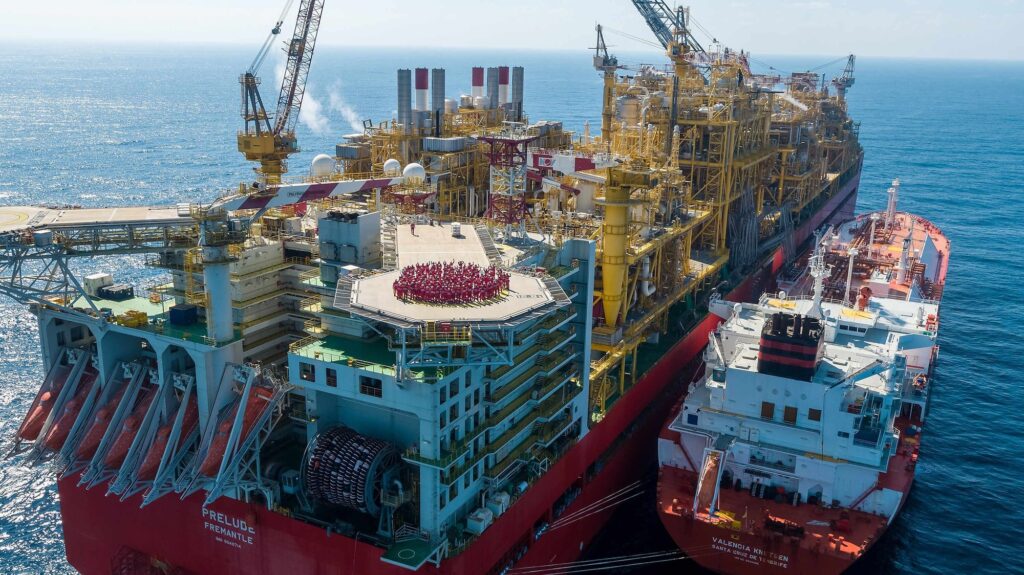
4. Pioneering Spirit
If there is ever a book on diesel-punk mythology, this giant heavy-lifter should be on the cover. The largest construction vessel in the world, the Pioneering Spirit can lift and move entire oil-platforms like toys. As for stability, the double-hulled colossus can operate in waves up to 3.5 m (11 ft). And she is fast – with 95 MW power and maximum speed of 14 knots, she can easily reach most locations around the world. Awe-inspiring and a bit scary.
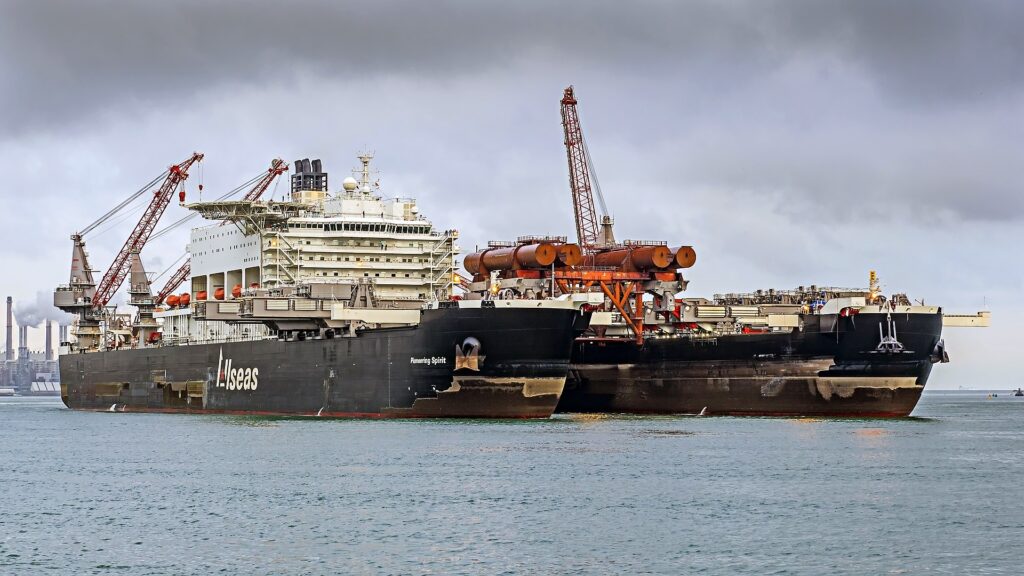
5. Akademik Lomonosov
Prior to 2018, floating nuclear power stations existed only on the pages of science fiction novels. Completed in 2018 at St. Peterburg’s Baltic Shipyard, the Akademik Lomonosov is now stationed at the Arctic port of Pevek, supplying 20% of the regional power demand. Is it safe, you ask? Opinions vary, but I just checked the map, and Pevek is some 10,000 km (6,200 miles) away from Moscow. Just saying.
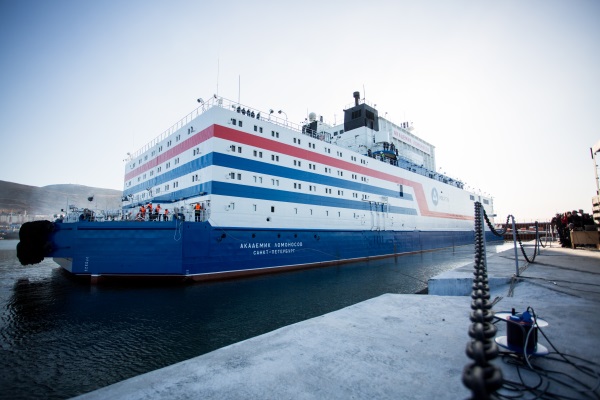
6. Havfarm 1
Officially named Jostein Albert, this 385-meter monstrosity is “home” to 2 million salmon. The controversial offshore fish farm was built in China for Norwegian salmon giant Nordlaks, who liked the concept so much they now want a second one. Curious fact – moving the world’s largest stationary ocean farm from China to Norway required the services of the world’s largest heavy-lifting vessel, the BOKA Vanguard.
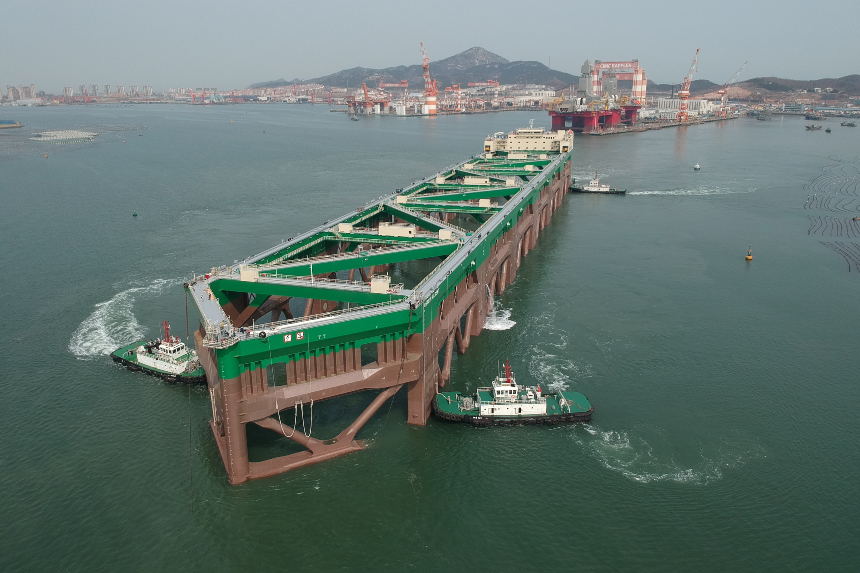
7. Vernon C. Bain Correctional Center
And since we are already in creepy territory, let us have a look at New York’s floating jail. Also known as “The Boat”, this purpose-built barge can accommodate up to 800 convicted criminals in medium- to maximum security. Onboard amenities include a sports center with several gyms and a basketball court, three chapels, a medical center, and a library. But regardless of its advanced functionality, “The Boat” is one of New York’s eeriest sights.
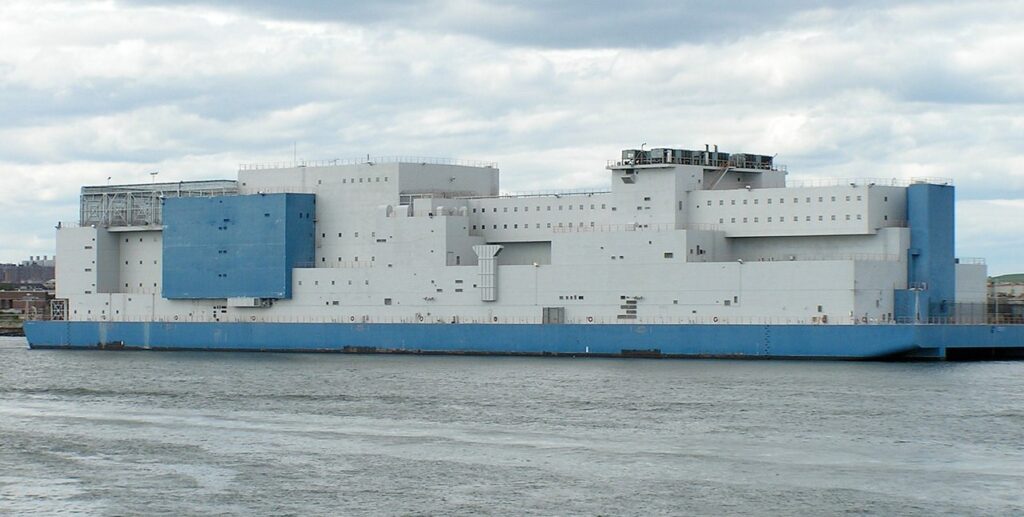
8. The Vittoriosa
When it comes to weird designs, vehicle carriers never disappoint. Add to it some vintage flair, and you have the formidable Vittoriosa. Built in 1976 by Honda Heavy industries as a general freighter, her first owners converted her to a car carrier only a year later. She gained some infamy in 1988 (then named Adige), when her collision with the passenger ship Jupiter resulted in four casualties.
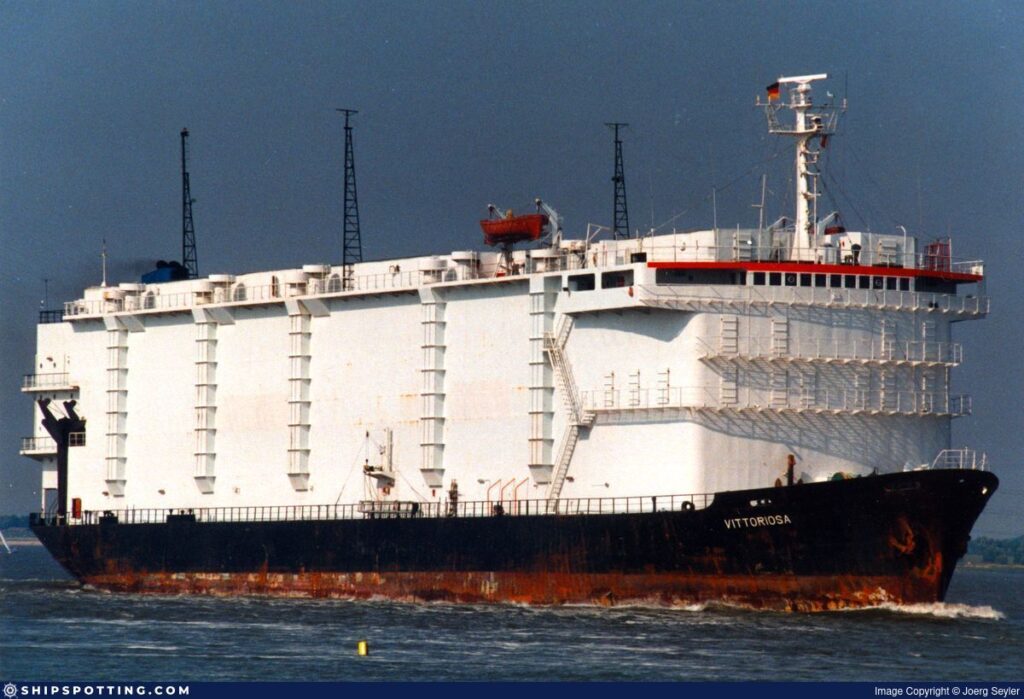
9. The SBX-1
Take a deep breath and say “floating, self-propelled, mobile active electronically scanned array early-warning radar station”. Still alive? Congratulations, you just described the Sea-Based X-Band Radar. In layman’s terms, this semi-submersible mammoth was designed to defend America from ballistic missiles. The “bubbles” on top (called radomes) are there to shelter the numerous radars from adverse weather, so that they never miss an enemy attack. The central and most prominent antenna weighs 1,800 tons (4 million pounds) and can rotate to 270 degrees. Beware, Mr. Kim…

10. Ramform Hyperion
Here is a list of my five favorite Norwegians: Ole Gunnar Solskjær, Thor Heyerdahl, Fridtjof Nansen, Roald Amundsen, and Ramform Hyperion. One is a football player, three are explorers, and the last one is a ship. Born in Nagasaki, Japan, the unique seismic vessel is now owned by PGS in Oslo. And while she has been titled “the world’s ugliest ship” more than once, how many vessels look like a Concorde airliner from above? You are beautiful, my dear, no matter what they say.
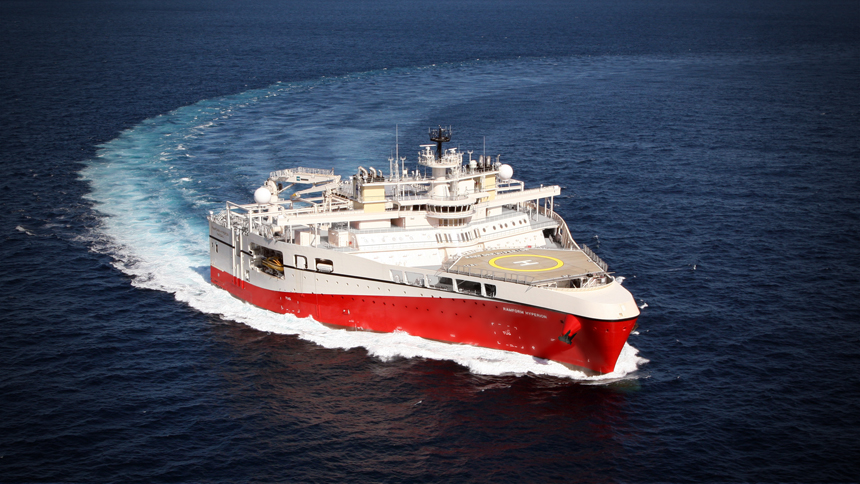
11. Sleipnir
In 2029, Skynet triggers a nuclear Armageddon, turning the Earth into a scorched wasteland. The resistance is crushed by millions of terminator machines, launched from Skynet’s headquarters on the colossal Sleipnir. No? Well, this is what I thought, when I first saw this jaw-dropping crane vessel near Rotterdam. In reality, though, the LNG-powered behemoth is an indispensable tool in the world’s most demanding offshore heavy-lifting tasks, such as moving entire oil platforms out to sea. Still, I’d keep an eye on it when 2029 approaches, just in case.
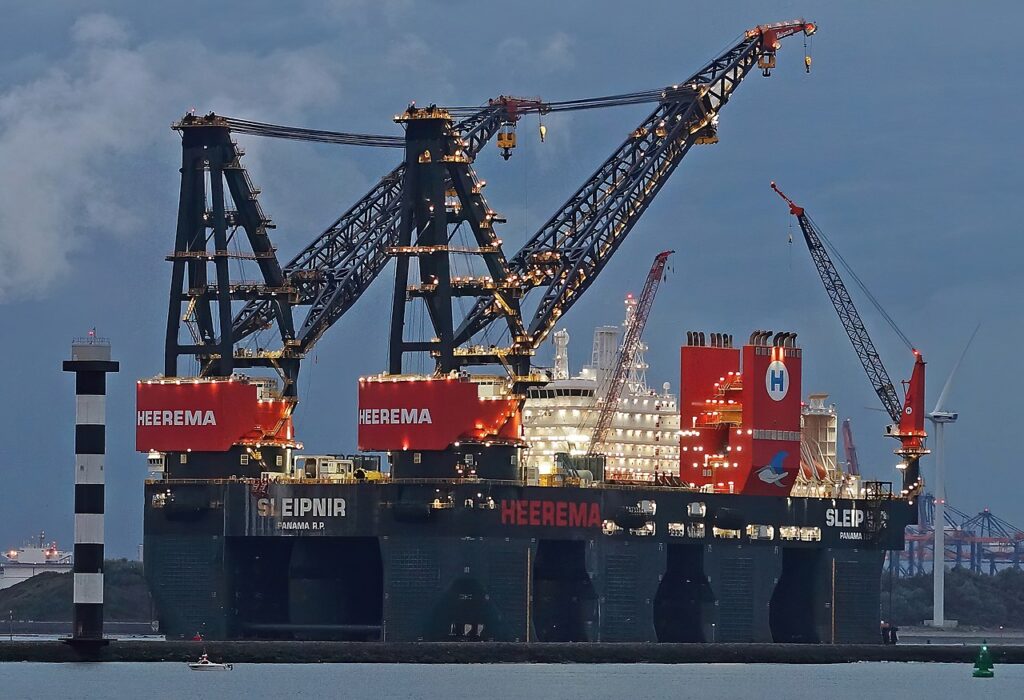
12. The Flying Plainview
This child of the 60s seemed quite ordinary, until she fired up her two aircraft jet engines and literally flew out of the water. Yes, the world’s largest hydrofoil vessel (at the time of construction) had the same engines that powered the F-4 Phantom fighter bomber. With the foils minimizing drag, the LM1500 turbojets could propel the Plainview to a speed of 40 knots – ideal for chasing submarines. But since technical problems outweighed benefits at the time, the Plainview had a “flying” career of only 268 hours before being scrapped in 1978. Her rotting hull can still be seen lying in an Oregon mudflat. Camera…check. Ticket to Oregon…check. See you all in a week!
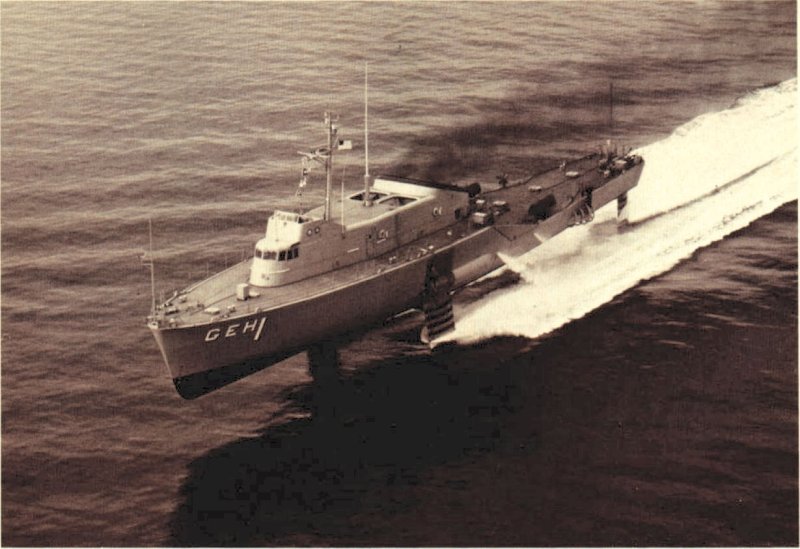
Click here in case you missed last week’s post!
The Shipyard

